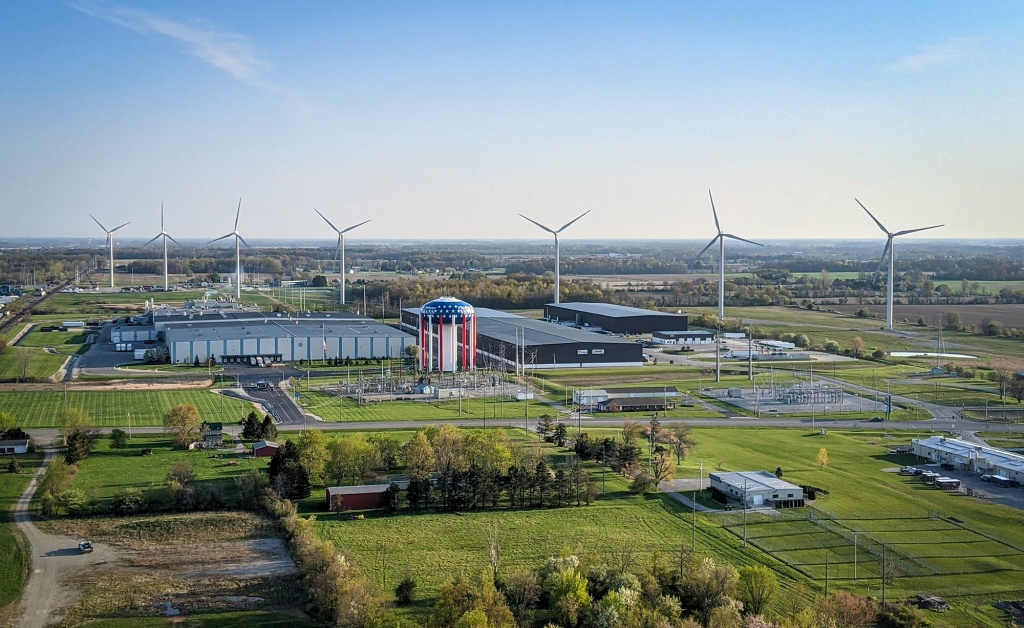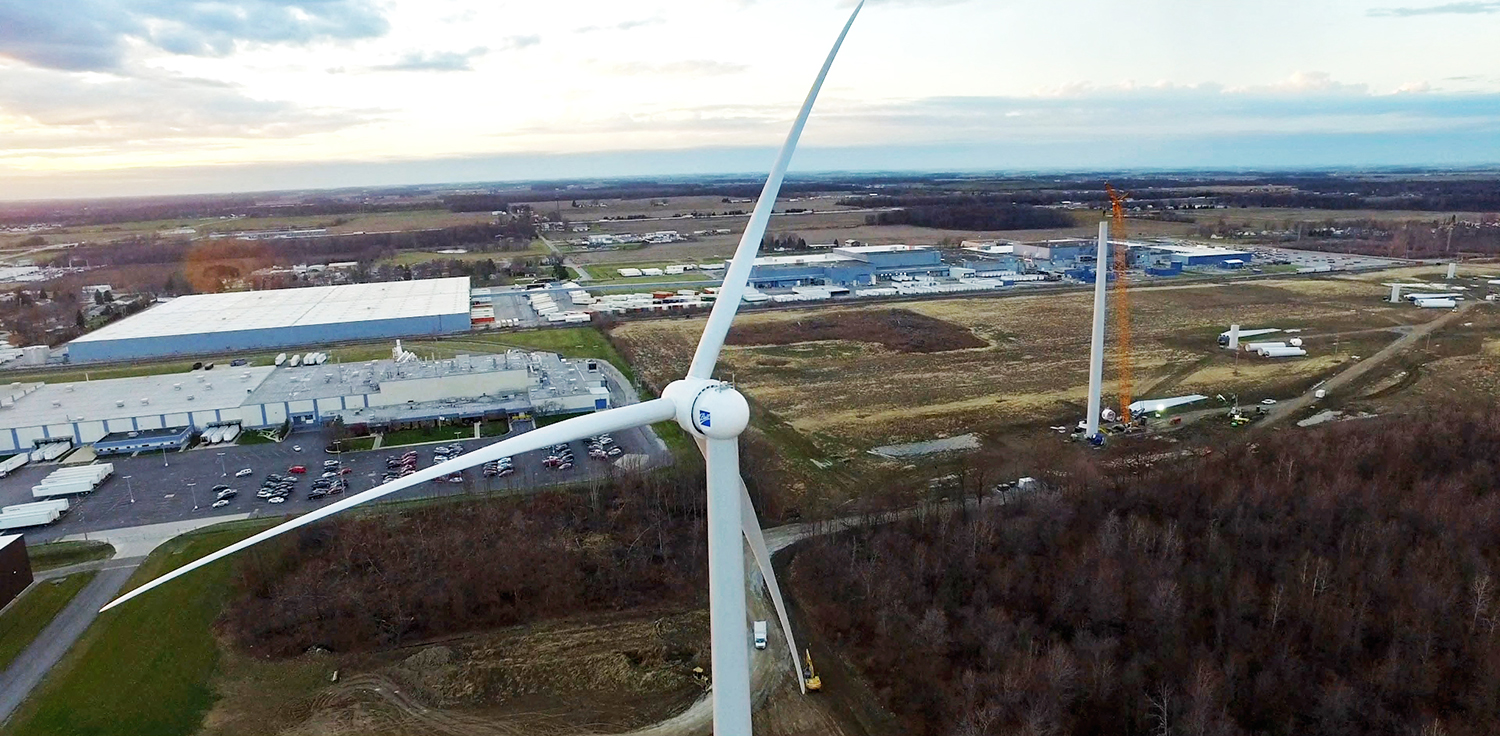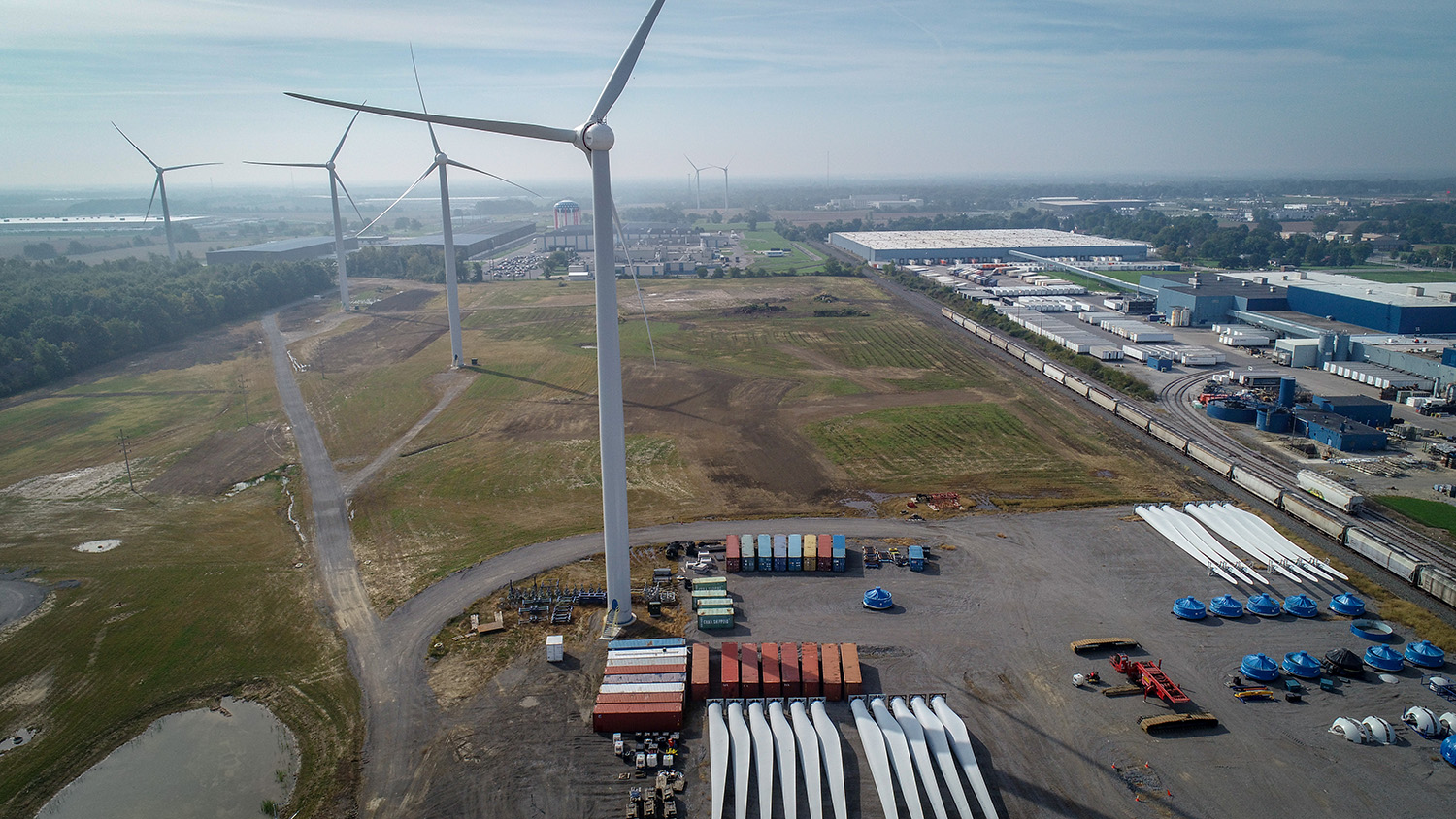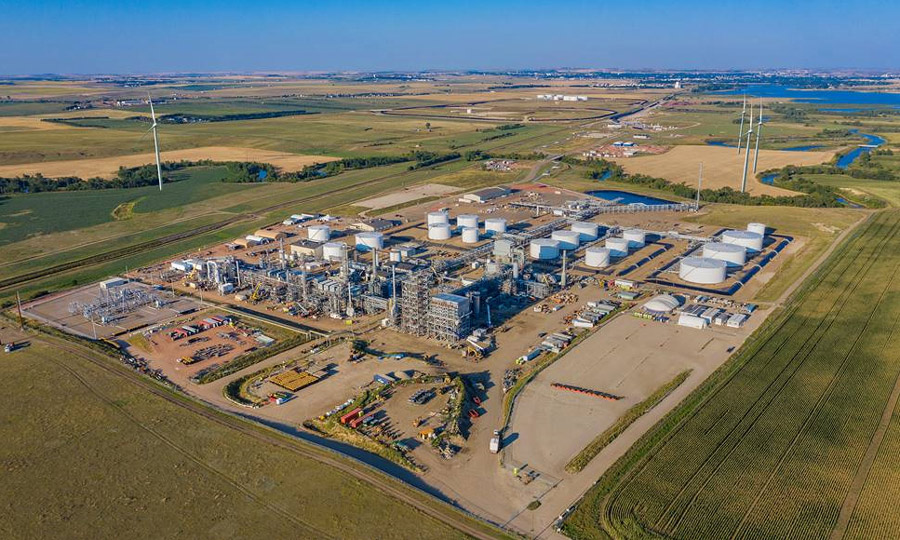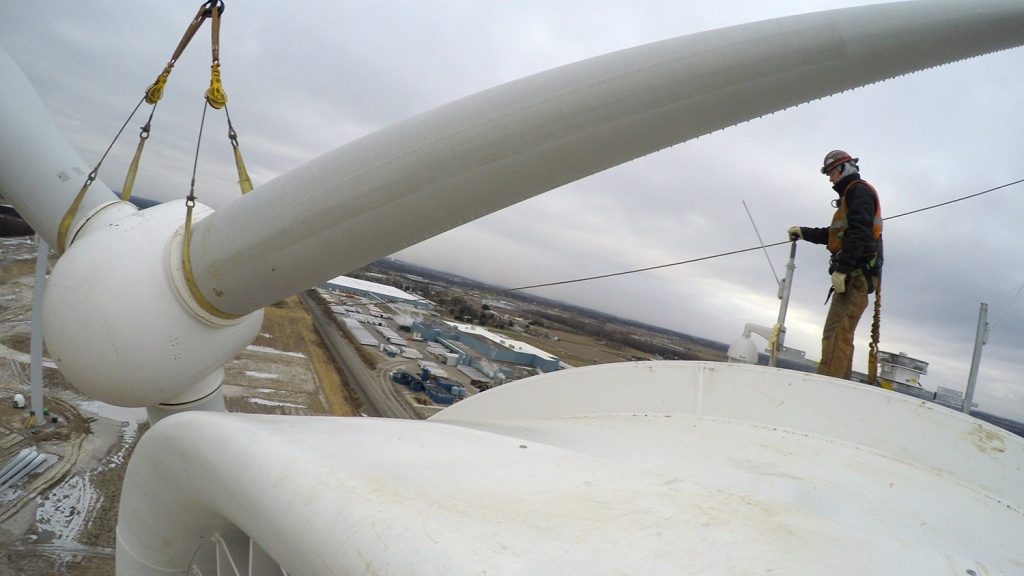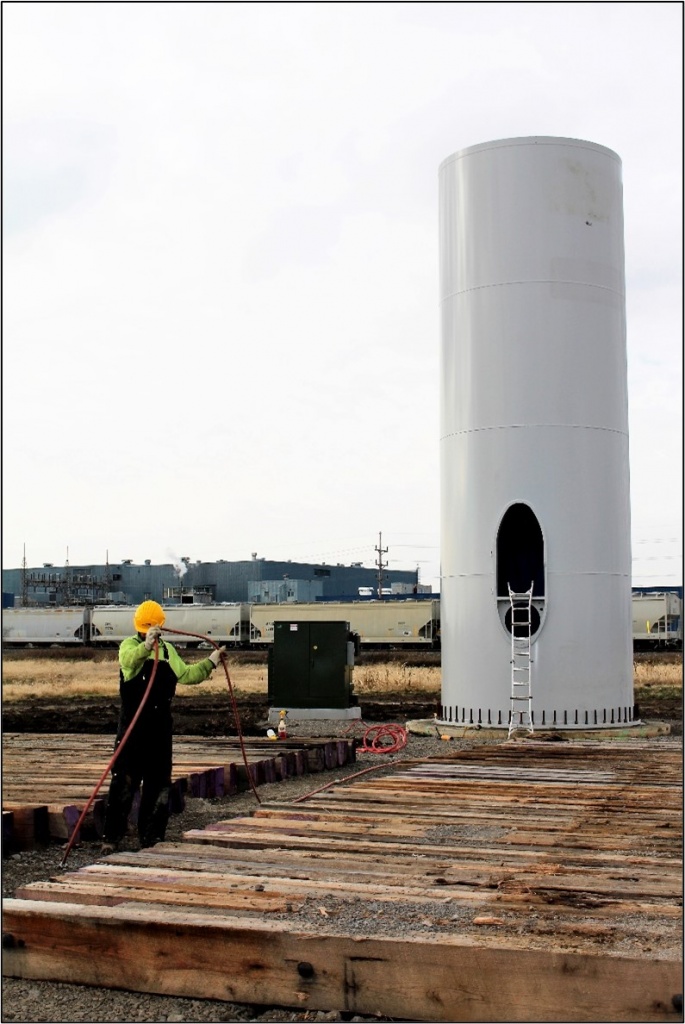ONE POWER FEED

SUBSCRIBE
CONNECT WITH US
News Filters
Filter By Category
A Day in the Life
Ask the Experts
Climb to the Top
Customer Announcement
Executive Thoughts
OPC in the News
Press Releases
Safety Minute
Science Shorts
Technician Talk
Tours and Community
Wind Energy Facts
Wind Study
Wind Views
May 12, 2021 – Wind Views | Technician or Photographer?


May 10, 2021 – Wind Study | Question 19


May 07, 2021 – Wind Study | Answer 18


S&P’s Energy Markets Specialist, Janet McGurty, details Marathon’s Q1 earnings call. In the article, Janet highlights Marathon’s announcement to once again partner with One Energy for a Wind for Industry project at its Dickinson, ND facility, as it aims to “balance its traditional oil refining business as it moves forward to increase its renewable fuel operations in order to lower its carbon footprint.”
May 05, 2021 – Wind Views | An Aerial Wind Campus View


May 03, 2021 – Wind Study | Question 18


April 30, 2021 – Wind Energy Facts | Why Wind Turbines Have Three Blades


April 30, 2021 – Science Shorts | Atmospheric Pressure


April 30, 2021 – Wind Study | Answer 17


WHERE WOULD YOU LIKE TO GO NEXT?
